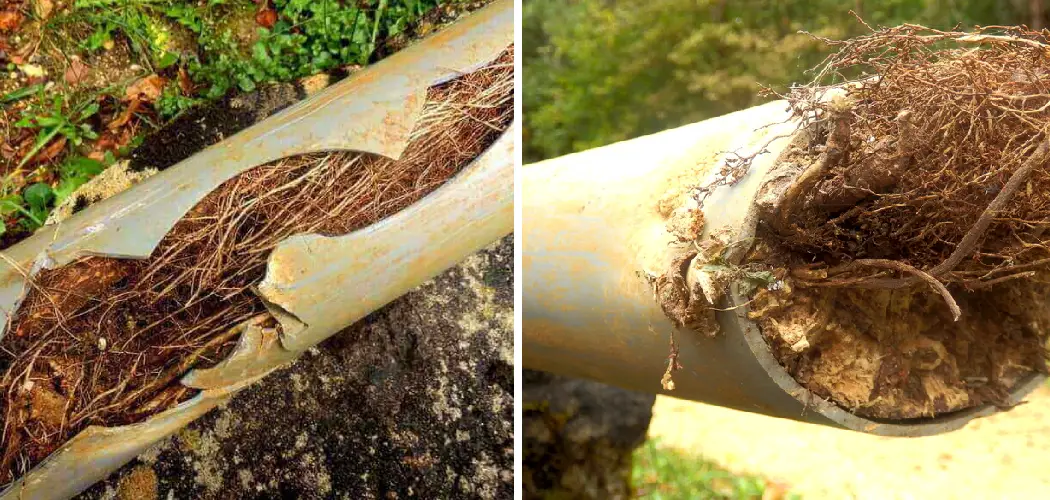Having a blocked sewer line can be an incredibly frustrating and expensive experience. You may not know what the root cause is, or how to fix it if you have tree roots growing into your drains. But don’t worry – with this article, you’ll learn all about why tree roots are one of the most common culprits that block up sewer lines, and how you can tell for sure whether this is the case in your own situation.
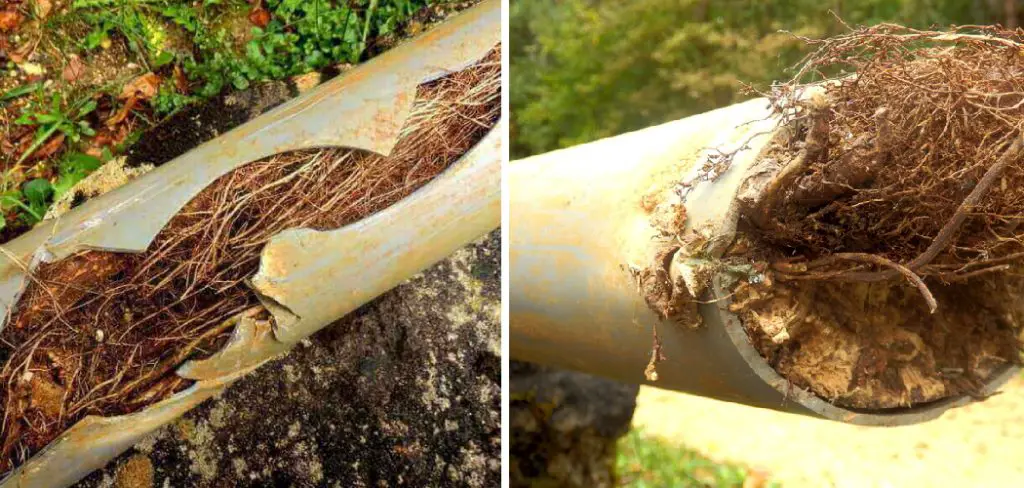
We’ll also look at some simple solutions so that you can get rid of these pesky intruders once and for all! So read on how to know if tree roots in sewer lines for everything you need to know about tree roots invading your drain system.
Why Tree Roots Invade Sewer Lines
First, let’s cover why tree roots are so attracted to your sewer lines. Essentially, the reason for this is that they contain essential nutrients and moisture – two things that trees need in order to grow and thrive. These underground pipes often carry wastewater from your home, which contains various nutrients such as fats, oils, and grease. These substances are like a magnet for tree roots, prompting them to burrow through your pipes in search of nourishment.
Signs of Tree Roots in Sewer Lines
So how can you tell if tree roots have invaded your sewer lines? Here are some common signs that you should look out for:
Slow-draining or Completely Blocked Drains
If multiple drains in your home are draining slowly or are completely blocked, then this is a clear indication that there is a blockage in your sewer line.
Unusual Gurgling Noises
When you’re not using any water but can hear gurgling noises coming from your pipes, this may be due to air being trapped in the lines because of tree root growth. This is a sign that the roots have caused cracks or leaks in your pipes, causing air to be trapped as water passes through.
Foul Odors
If you notice unpleasant odors coming from your drains, this could also be a sign of tree root intrusion. The roots can trap debris and cause it to rot, leading to foul smells emanating from your sewer lines.
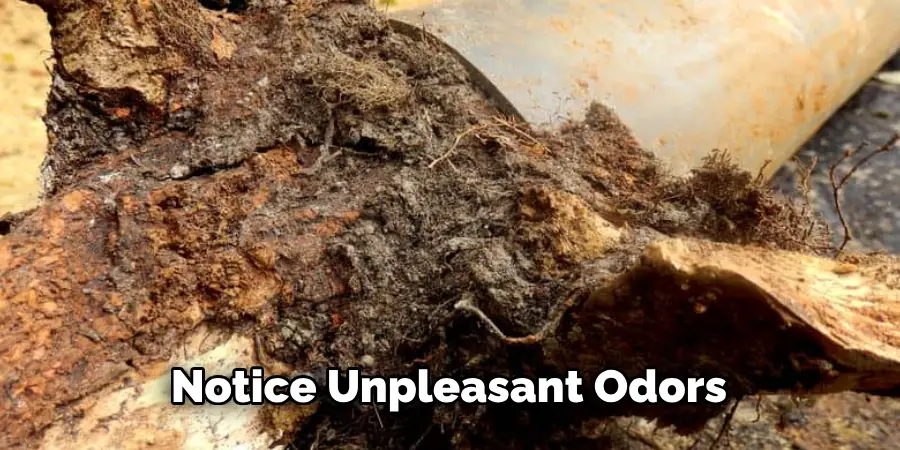
Changes in Your Lawn
If you’ve noticed that your grass is growing unevenly, or if there are patches of dead grass and lush growth in your lawn, this could be a sign of tree roots growing underground. The roots can disrupt the soil and affect the distribution of water and nutrients to your lawn.
9 Simple Step-by-step Guidelines on How to Know if Tree Roots in Sewer Lines
Step 1: Conduct a Visual Inspection
If you suspect that tree roots may be causing your sewer line blockage, conduct a visual inspection of the exterior of your home. Look for any visible signs such as raised or cracked pavement, depressions in your lawn, or unusual bulges in your landscaping. It’s also a good idea to check the area around any trees or shrubs near your sewer line for signs of root growth.
Step 2: Check Your Drains
As mentioned earlier, slow-draining or completely blocked drains are a clear indication of a blockage in your sewer line. If you notice that multiple drains in your home are experiencing these issues, this points to tree root intrusion. You can also use a plumbing snake to check for any obstructions in your pipes. But be careful not to damage your pipes while doing so.
Step 3: Look for Gurgling Noises
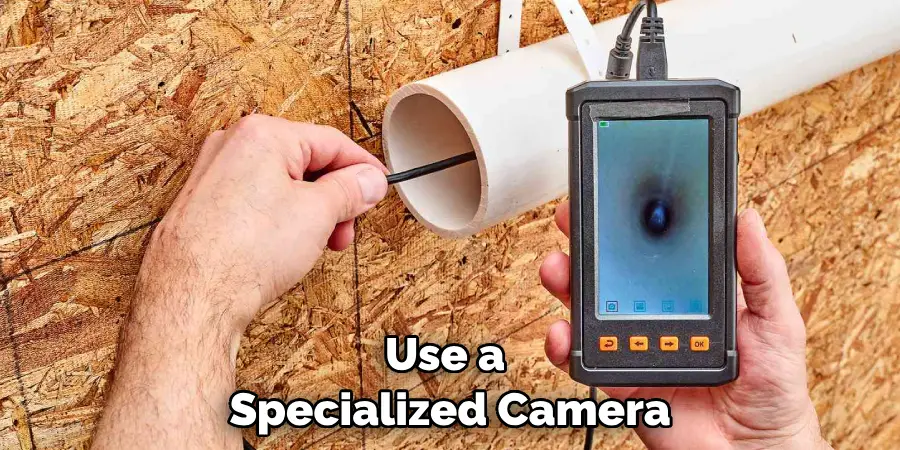
If you hear gurgling noises coming from your pipes, this is a sign that tree roots may have caused cracks or leaks in your sewer line. If the noise persists even after you’ve stopped using water, this further confirms the presence of tree roots. You can also use a specialized camera to inspect the inside of your pipes for any damage.
Step 4: Check Your Sewer Cleanout
Your sewer cleanout is a capped pipe usually located outside your home. It provides access to your main sewer line for cleaning and maintenance purposes. If you notice that the cap is missing or damaged, this could be an entry point for tree roots. This is also where you can insert a plumbing snake to dislodge any tree roots. You can also use a specialized rooter machine to clear out any blockages.
Step 5: Look for Foul Odors
If you smell unpleasant odors coming from your drains, this is a sign of tree roots causing a buildup of debris in your pipes. You may need to call in a professional plumber to use high-pressure water jetting or chemical treatments to dislodge and remove the roots. It’s important to remove any debris as it can lead to clogs and further damage. But be careful not to use any harsh chemicals that can harm your pipes.
Step 6: Conduct a Dye Test
Another way to check for tree root intrusion is by conducting a dye test. Pour a bright-colored dye down one of your drains and see if it appears in any other drain or through your sewer cleanout.
If this happens, it indicates that there is a break or cracks in your pipes that are allowing the dye to seep through. This could be caused by tree roots. It’s best to call a professional plumber to fix any damaged pipes.
Step 7: Hire a Professional
If you are unsure about how to conduct any of these steps or if you want a more thorough inspection, it’s always best to hire a professional plumber. They have specialized equipment and knowledge to properly diagnose and fix any tree root intrusion issues. They can also advise you on the best course of action to prevent future tree root growth in your sewer lines.
Step 8: Consider Preventative Measures
Once you’ve cleared out any tree roots from your sewer lines, it’s important to take preventative measures to avoid a recurrence. This includes using root-killing foams or treatments regularly, having your pipes inspected and cleaned regularly, and avoiding planting trees or shrubs near your sewer lines.
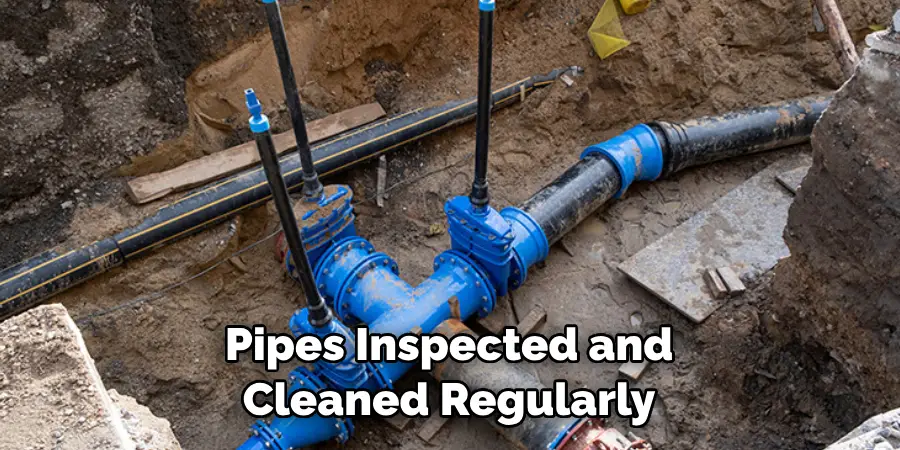
You can also consider installing a physical barrier, such as a root barrier, to prevent tree roots from growing into your pipes.
Step 9: Know When to Replace Your Pipes
If you’ve been dealing with recurring tree root intrusion in your sewer lines, it may be time to consider replacing your pipe. Older, deteriorating pipes are more susceptible to root intrusion. Consult with a professional plumber to determine the best course of action for your specific situation.
Following these simple guidelines can help you determine if tree roots have invaded your sewer lines and take appropriate action to prevent further damage. Remember to always prioritize safety and consult with a professional when dealing with any plumbing issues.
Thus, understanding how to know if tree roots in sewer lines are present is an important part of maintaining your home’s plumbing system. So, be aware of the signs and take the necessary steps to prevent any potential damage. With proper maintenance and care, you can ensure that your sewer lines stay clear of tree roots and function properly for years to come. Happy plumbing!
Frequently Asked Questions
Q1: Can Tree Roots Cause Damage to Sewer Lines?
A: Yes, tree roots can grow into sewer lines and cause blockages or damage to the pipes. It’s important to take preventative measures to avoid this issue.
Q2: How Can I Prevent Tree Roots from Growing into My Sewer Lines?
A: You can prevent tree root intrusion by regularly maintaining and cleaning your pipes, using root-killing treatments, avoiding planting trees or shrubs near your sewer lines, and installing a physical barrier. Consult with a professional plumber for the best preventative measures for your specific situation.
Q3: Are There Any Warning Signs of Tree Root Intrusion in Sewer Lines?
A: Yes, there are several warning signs to look out for including slow-draining or clogged drains, gurgling noises from pipes, foul odors, and visible signs of root growth on your property. Conducting a visual inspection and using a dye test can also help identify any tree root intrusion. If you notice any of these signs, it’s important to take action to prevent further damage.
Q4: What Should I Do if I Suspect Tree Roots in My Sewer Lines?
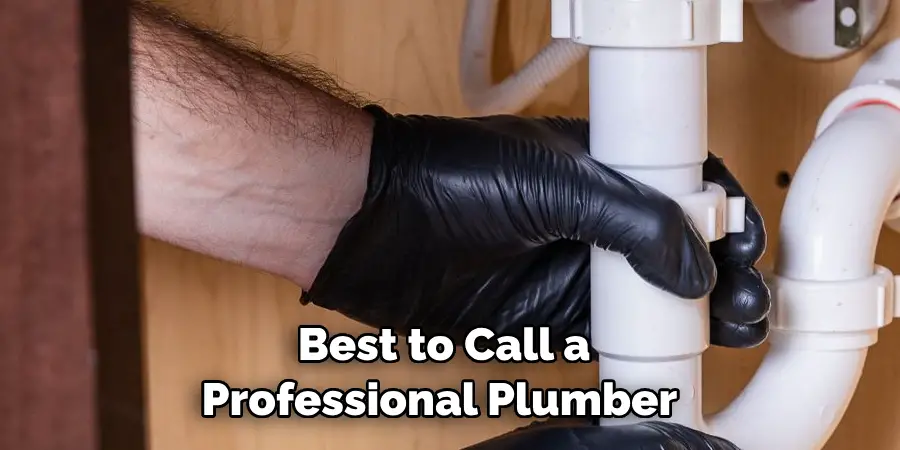
A: It’s best to call a professional plumber for assistance. They have the necessary equipment and knowledge to properly diagnose and address any issues with tree roots in your sewer lines. They can also advise you on preventative measures and potential repairs if needed. Remember to prioritize safety and consult with a professional for any plumbing issues.
Conclusion
Taking the steps to diagnose if tree roots are causing a blockage in your sewer line can help preserve and protect your property from costly repairs. Understanding different methods for doing this can make it easier and less expensive for you to determine if a plumbing repair is necessary. Getting an inspection on an annual basis by an experienced plumber can even help keep your pipes healthy and free of root growth.
Calling in an expert when detecting the presence of tree roots in sewer lines is the best way to ensure that any repairs are done correctly. If you’ve noticed signs of root intrusion, don’t hesitate – take action today and contact a plumber to assess the situation.
Don’t let a blocked pipe ruin your day; be proactive in protecting your home from plumbing problems caused by tree roots! Thanks for reading this article on how to know if tree roots in sewer lines.

